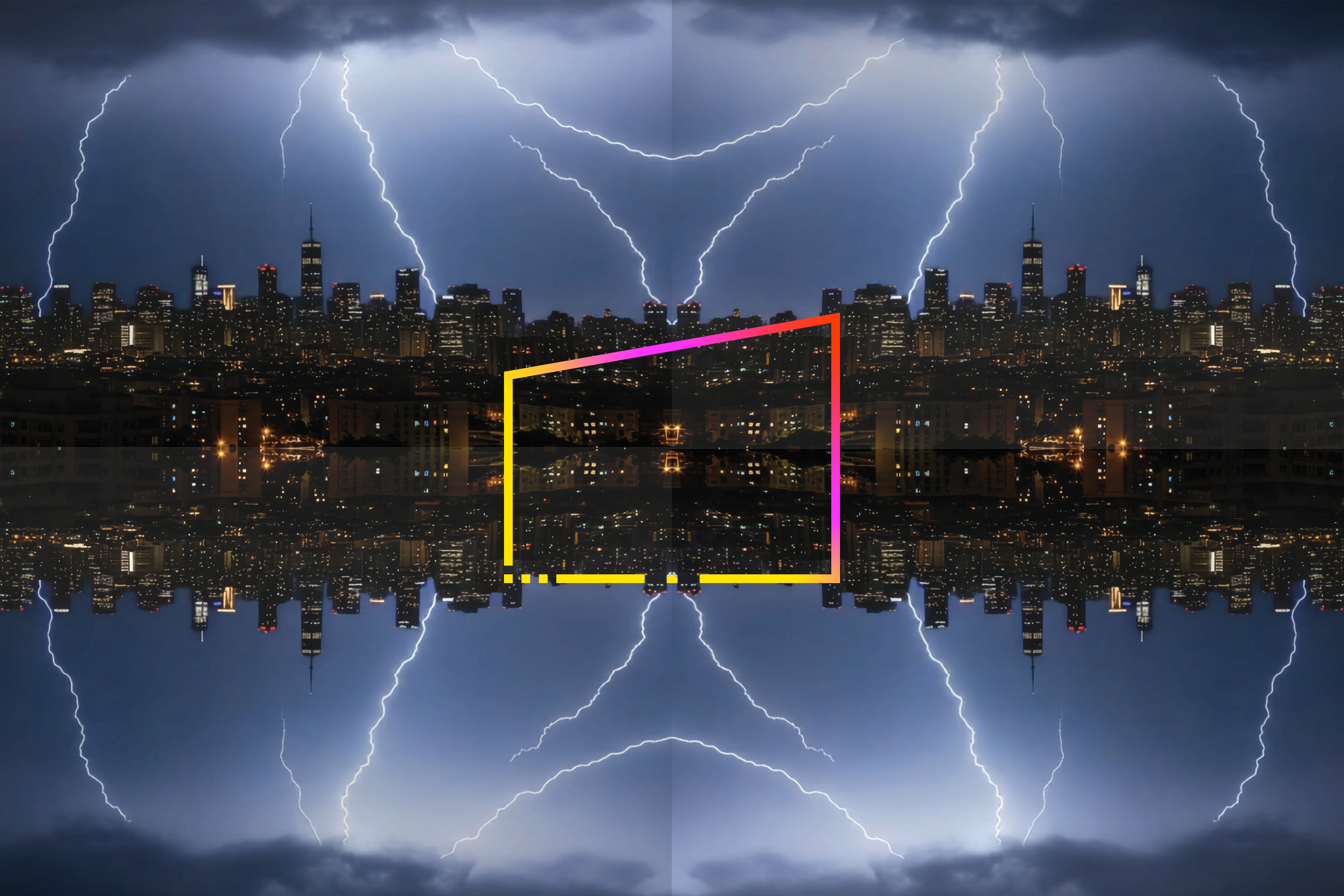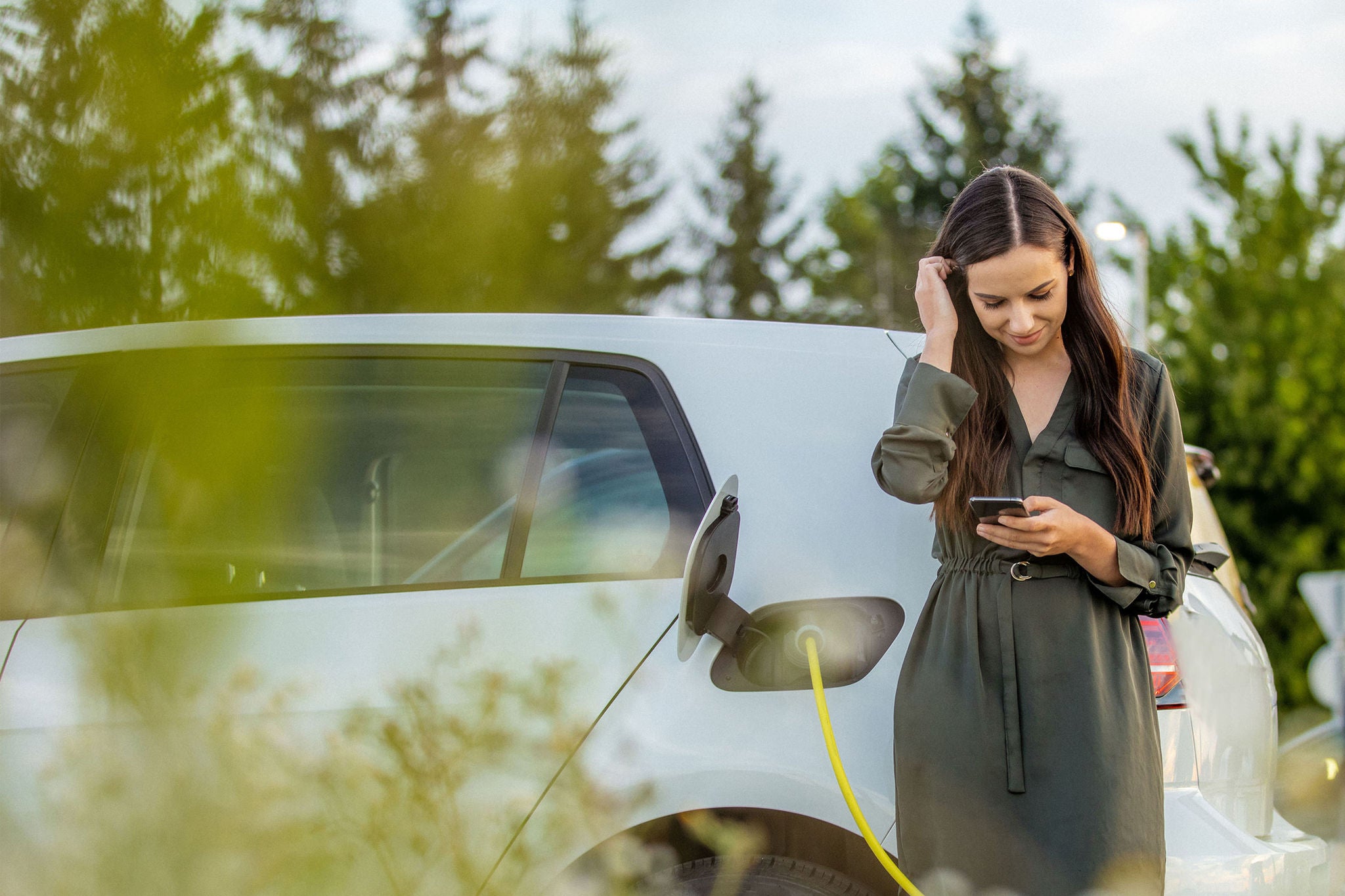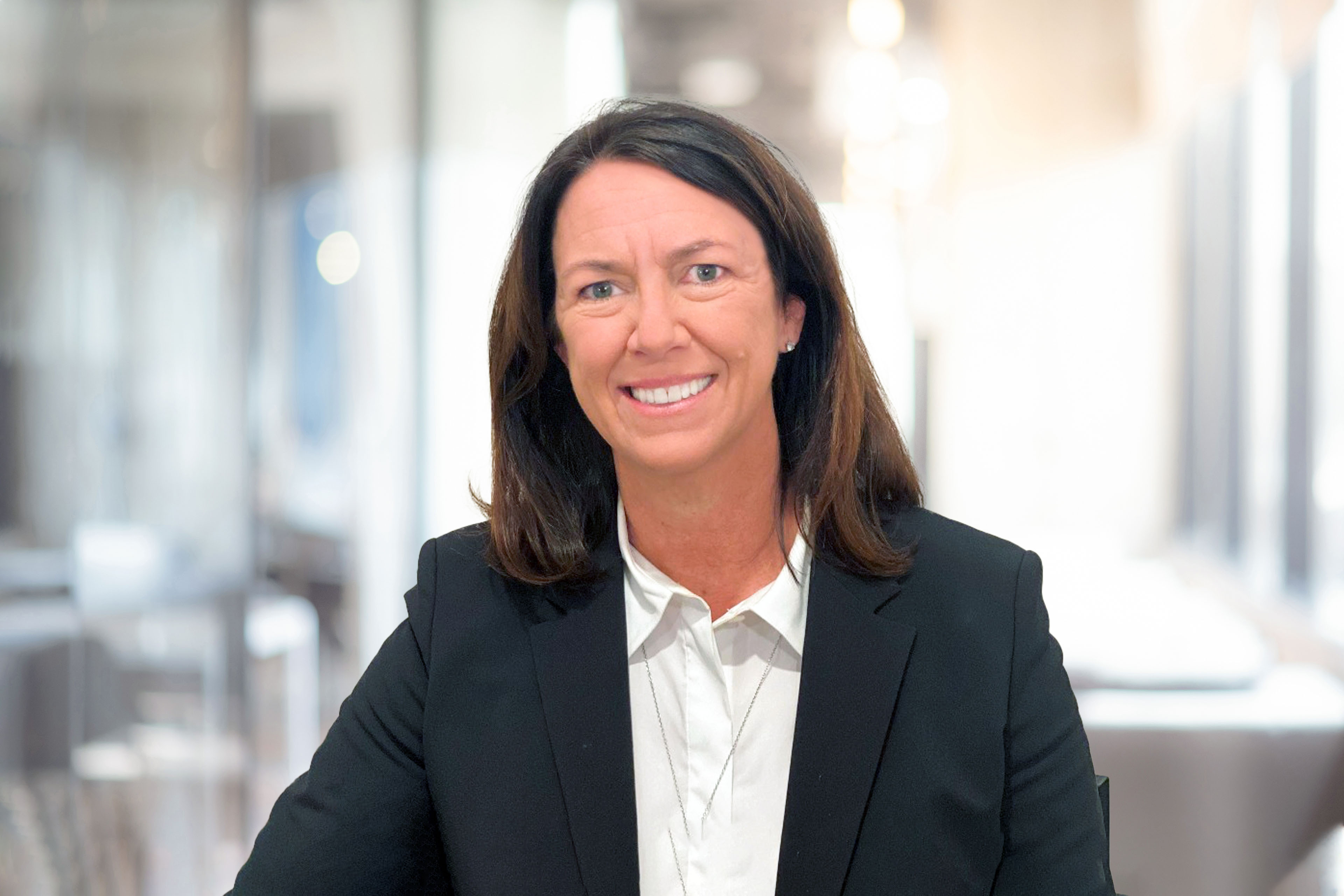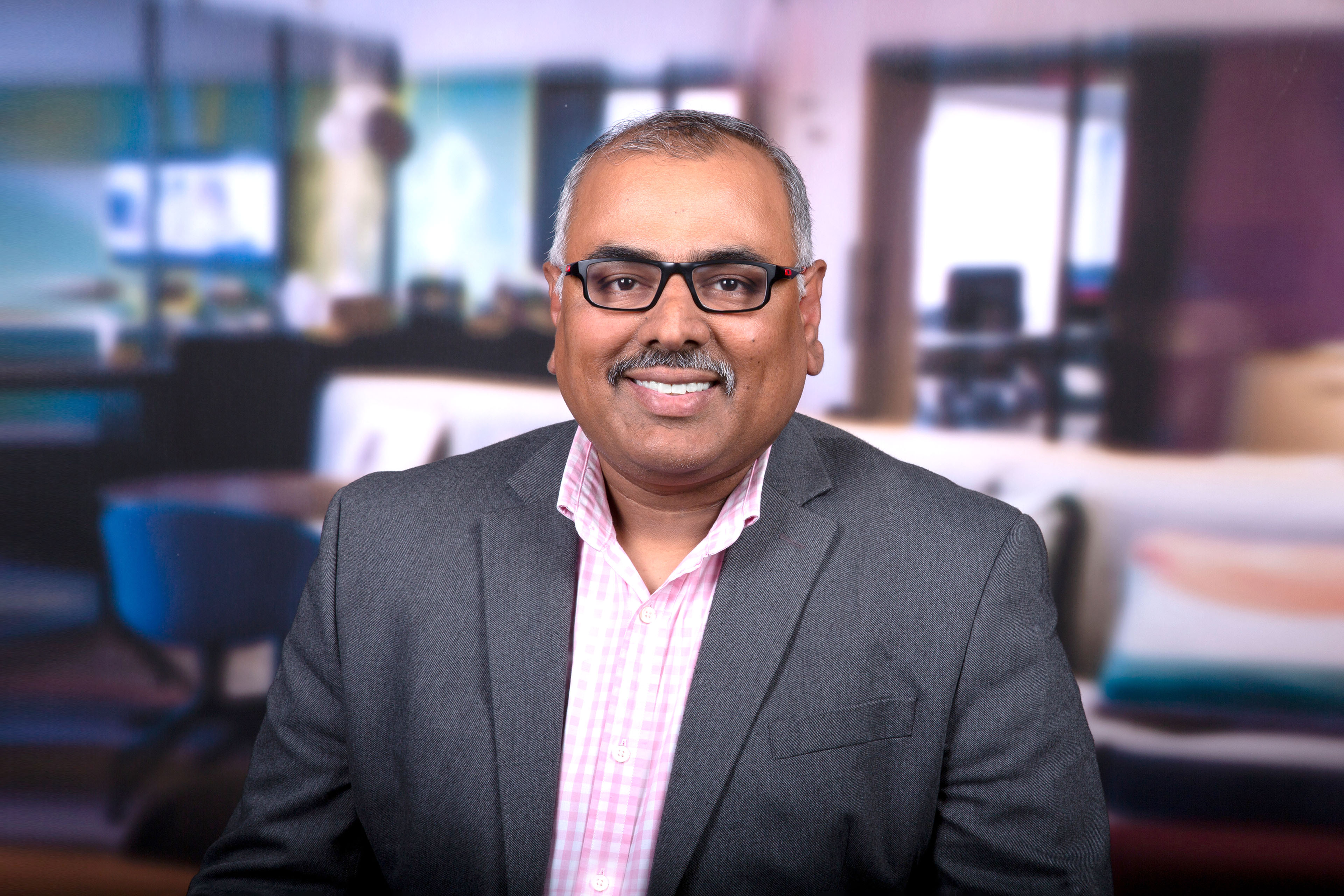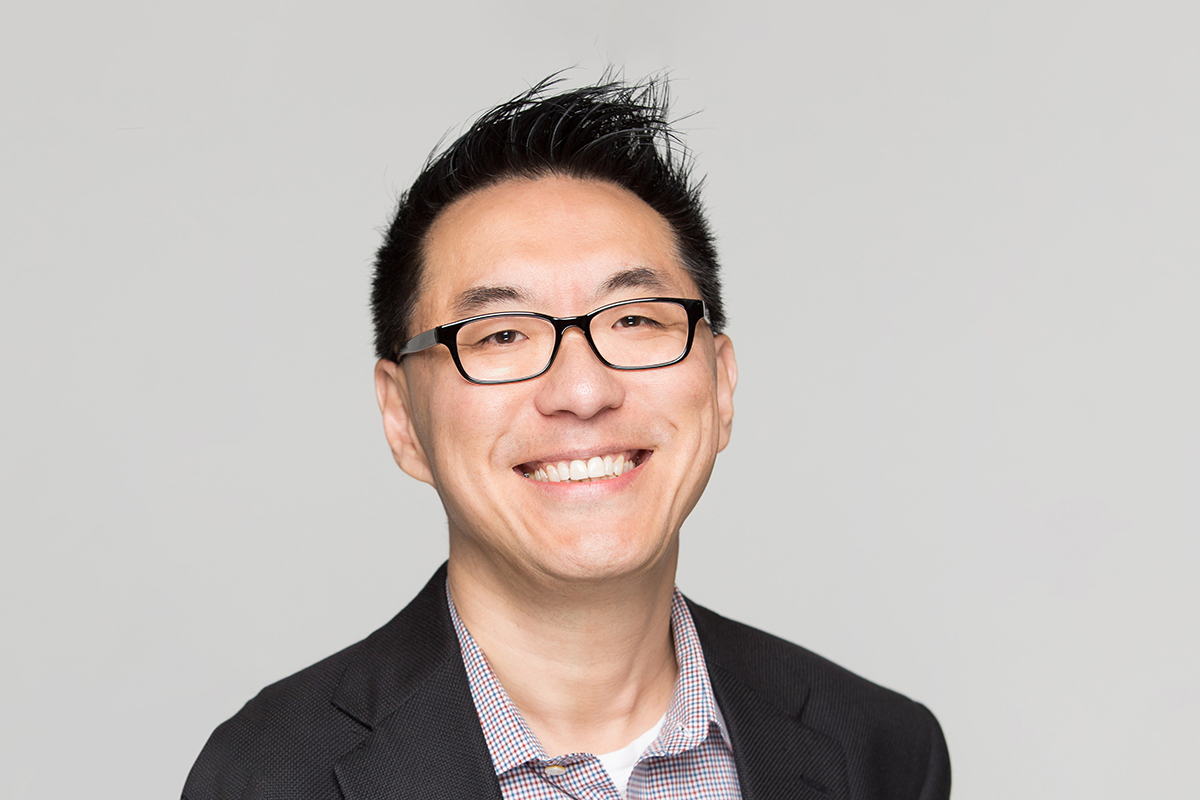EY refers to the global organization, and may refer to one or more, of the member firms of Ernst & Young Global Limited, each of which is a separate legal entity. Ernst & Young Global Limited, a UK company limited by guarantee, does not provide services to clients.
How EY can help
-
Discover how EY's customer experience transformation team can help energy providers empower their workforce, engage customers & drive long term value. Learn more.
Read more
To address and enable this paradigm shift, Xcel Energy embarked on a journey to redefine how the company engages with its customers. In a massive, multiyear transformation project, the company deployed scalable technologies to further develop the products and services that customers expect, along with driving innovation to accelerate the generation-defining fight against climate change. Ernst & Young LLP (EY), with knowledge in customer experience, technology, the power and utility sector, supported Xcel Energy through the journey.
“Xcel Energy is the most innovative and sustainable electric and gas utility in the country,” said Brett Carter, EVP, Group President Utilities and Chief Customer Officer, Xcel Energy. “We are moving from providing energy to enabling everything customers want to do. We believe in 20 to 30 years that we’ll be far down the path in creating a carbon-free America.”
